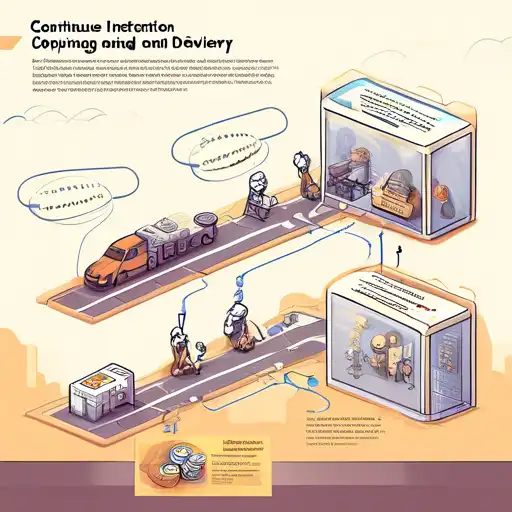What is Continuous Integration and Delivery?
Continuous Integration (CI) and Continuous Delivery (CD) are fundamental practices in the DevOps world, aimed at improving software development processes. By automating the integration and delivery phases, teams can achieve faster, more reliable releases.
The Core Principles of CI/CD
At its heart, CI/CD is about automating the software release process. Continuous Integration involves automatically testing and integrating code changes into a shared repository several times a day. Continuous Delivery extends this by ensuring that the code can be released to production at any time, with the push of a button.
Benefits of Implementing CI/CD
- Reduces integration problems
- Enables faster product iterations
- Improves code quality
- Facilitates a more agile development process
How to Get Started with CI/CD
Implementing CI/CD requires a cultural shift towards automation and continuous improvement. Start by integrating automated testing into your development process, then gradually introduce deployment automation. Tools like Jenkins, Travis CI, and CircleCI can help streamline these processes.
Best Practices for CI/CD
- Maintain a single source repository
- Automate the build process
- Make your build self-testing
- Ensure every commit is built on an integration machine
- Keep the build fast
- Test in a clone of the production environment
- Make it easy for anyone to get the latest executable version
- Automate deployment
Challenges and Solutions
While CI/CD offers numerous benefits, teams may face challenges such as resistance to change, toolchain complexity, and maintaining test environments. Overcoming these requires clear communication, training, and selecting the right tools that fit your team's needs.
Conclusion
Continuous Integration and Delivery are transformative practices that can significantly enhance your software development lifecycle. By embracing CI/CD, teams can deliver high-quality software more efficiently and respond to market changes with agility. For more insights into DevOps practices, explore our latest trends in DevOps.
